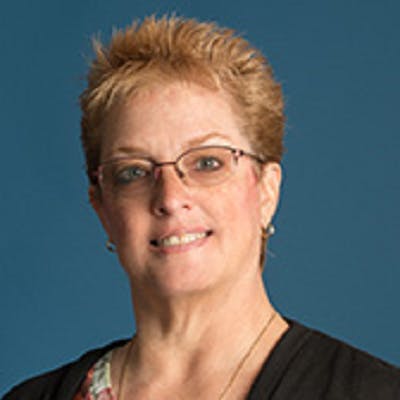Design engineers need to study mission reliability for new spaceflight missions, but traditional methods are frequently document-based, while design processes are too fragmented.
This webinar shows how you can guarantee safety and mission assurance with a model-based process. This model-based approach to analyzing a space system’s reliability, safety and mission assurance helps satellite manufacturers understand engineering risks during spacecraft design. For example, this model can reduce the chance of space debris after the satellite launch, often caused by hard-to-detect design failures.
Watch this webinar to learn how the digital risk twin can support objective, model-based safety analyses concurrently with the design process to ensure the appropriate visibility and traceability required by launch certification authorities.
Spacecraft mission assurance process
The spacecraft mission assurance process is critical to the success of a mission. It is during this process that many teams work together to identify effective design improvements, identify and mitigate risk, ensure safety, prevent investments from becoming debris and optimize monitoring for preventative action and fault prevention.
The traditional mission assurance process for spacecraft has been document-based and very disjointed. It’s a manual process that lacks integration, consistency and configuration management. Plus, it has limited the reusability of data. In this webinar, learn how you can guarantee safety and mission assurance of a space system with a model-based process.
Satellite reliability: NASA Goddard Space Flight Center use case
The model-based approach to spacecraft mission assurance creates an automated process that allows developers and engineers to build a satellite failure model and recognize potential issues in their design before the launch.
See how a model-based approach is effective for ensuring satellite reliability with a testimonial from the NASA Goddard Space Flight Center on using a digital risk twin to perform safety and mission assurance of a small satellite.
The SmallSat reference model explored in this webinar allows users to jumpstart their mission assurance and failure analyses. See how this type of model-based analysis allows SmallSat/CubeSat mission developers to assess their designs’ robustness and fault tolerance and help avoid space debris.
Meet the speakers

Nancy Lindsey
OSMA R&M Deputy Technical Fellow
Nancy Lindsey has spent 37 years in aviation and aerospace engineering performing a variety of engineering tasks, including systems, system safety, quality and reliability engineering, across the entire gamut of space vehicle life cycles and program types, including defense and commercial communications missions, space-based astronomical observatories, ground systems and earth science monitoring systems. She is currently the Reliability, Maintainability and Availability (RMA) subject matter expert at the NASA Goddard Space Flight Center and the deputy R&M Technical Fellow at NASA Headquarters. Nancy has a Bachelor of Science undergraduate degree in Computer Science & Aeronautical Engineering, which was earned at Embry-Riddle Aeronautical University in Daytona Beach, Florida. She was trained in Flight Medicine and F-14 flight by the US Navy and has a Master of Science degree in Space Studies from the University of North Dakota.

Stefan Dutré
Senior Product Manager Model-based RAMS Solution
After Mechanical Engineering studies in Belgium and a Ph.D. in Robotics at the Catholic University of Leuven, Stefan joined CADSI NV in 1997 as a mechanical consulting engineer. In 1999, he joined the Simcenter Engineering services team as a project engineer. Stefan performed an MBS load identification project of the in- and outboard flap systems for the Embraer ERJ 135/ERJ 145. He was a project and account manager for different aerospace projects with MHI. In 2009, he joined the Simcenter Aerospace Competence Center as a business development manager. Since 2014, he has driven the MBSE solution strategy at Siemens for the aerospace industry.
